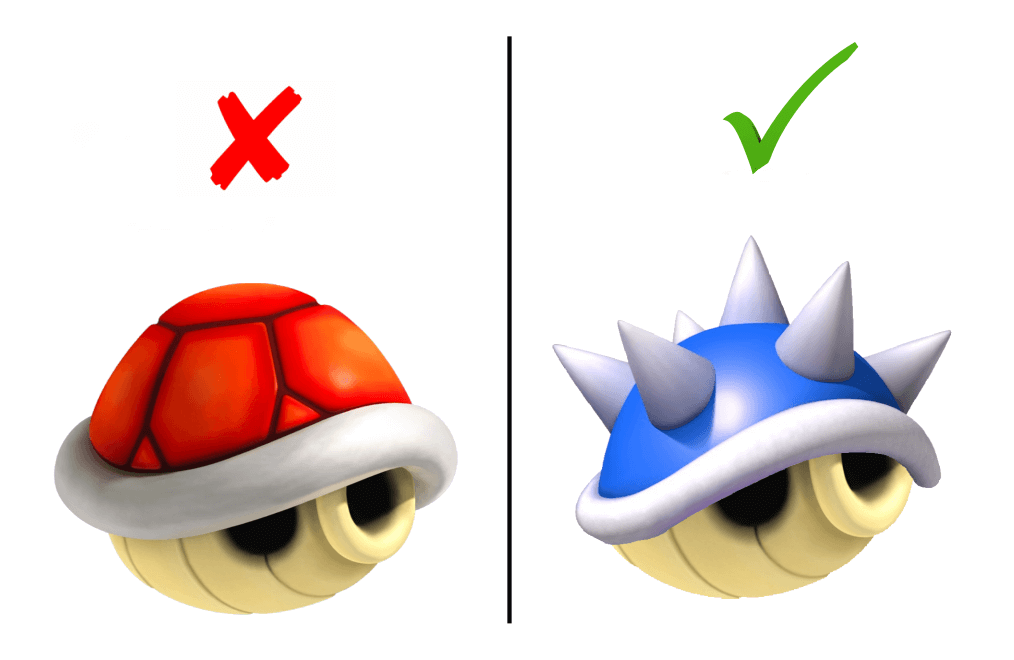
An enduring myth is that highly selective colleges want well-rounded students. By this, I mean students that are quite good at many things. An example of a well-rounded student is one that has all of the following qualities.
- Is in the top 10% of the class.
- Participates in multiple sports throughout the school year.
- Is active in multiple clubs and an officer in a few of them
- Does volunteer work on a regular basis.
You might think this is a terrific student. I agree. The problem is that this describes a lot of the the top 10% students in every high school, and there are over 20K high schools in the USA. Each student may be terrific, but the problem is that they are “typical terrific”A "typical terrific" student checks all the right boxes to b... More.
There are only about 30K freshmen spots across all of colleges with less than a 10% admit rate. And even though only a fraction of these typical terrific students apply to these colleges, enough do that most of the Tier 1 colleges have admit rates below 10%. Most typical terrific students won’t get accepted to any of them.
These typical terrific kids will have much better odds of admission at colleges in colleges with admit rates between 10%-25%. These include the high quality publics like Berkeley and Michigan, as well as private colleges like Emory and Tufts.
So what makes admission more likely for students applying to colleges with an admit rate below 10%? The answer is a “spike”An exceptional talent in an academic or extracurricular area... More, which is an area of exceptional talent. Here are some examples of spikes that make admission much more likely.
- Being a recruited athlete (note that this is commonly called a “hook”, but I think it is more properly called a spike because it is a developed skill).
- Winning a major science prize such as Regeneron ISEF or Regeneron STS.
- Getting a research paper published in a regarded peer-reviewed journal
- Getting published in the Concord Review. High school students perform detailed research on a history topic of interest (such as the Spanish Flu). They then write a research paper worthy of a history graduate student and submit it to the Concord Review, which publishes the best papers submitted.
- Being a top performer in national math competitions from the Mathematical Association of America. These start with the AMC-10/12 tests and then get progressively harder.
- Being selected for a highly respected humanities summer program like TASS.

